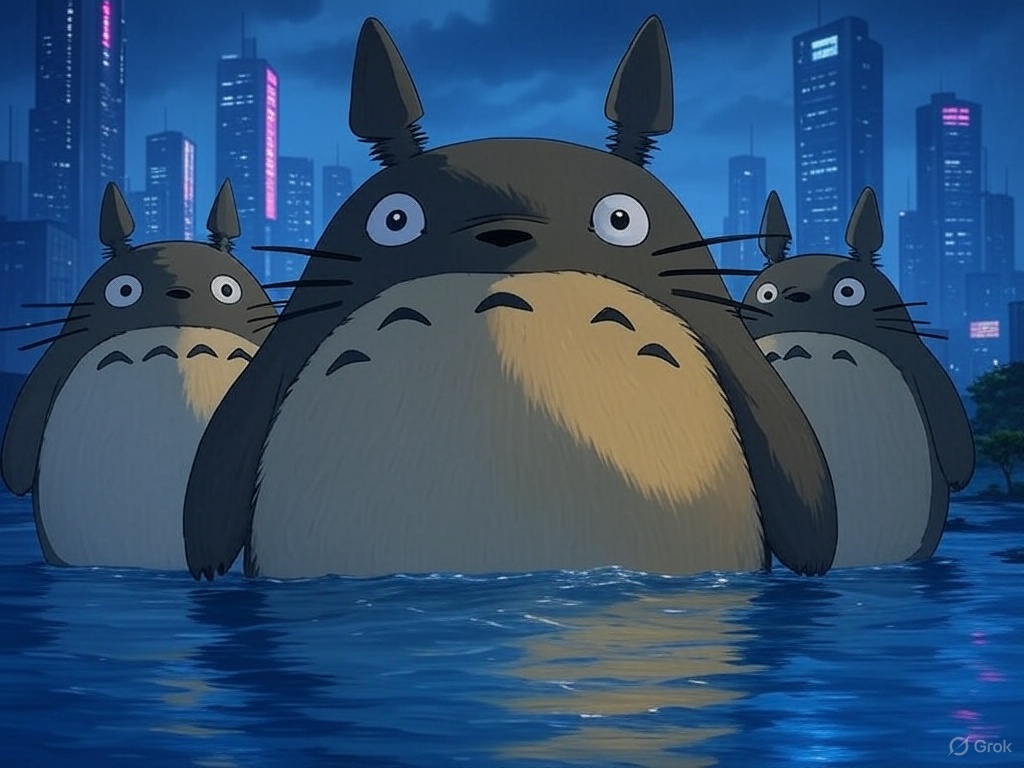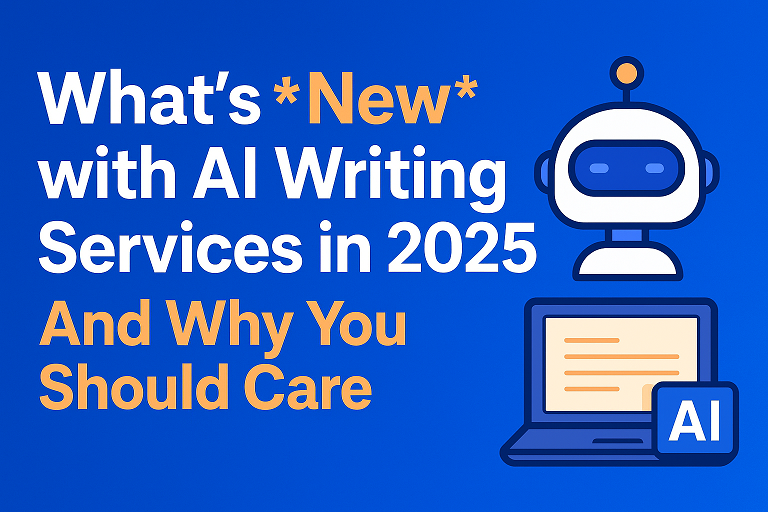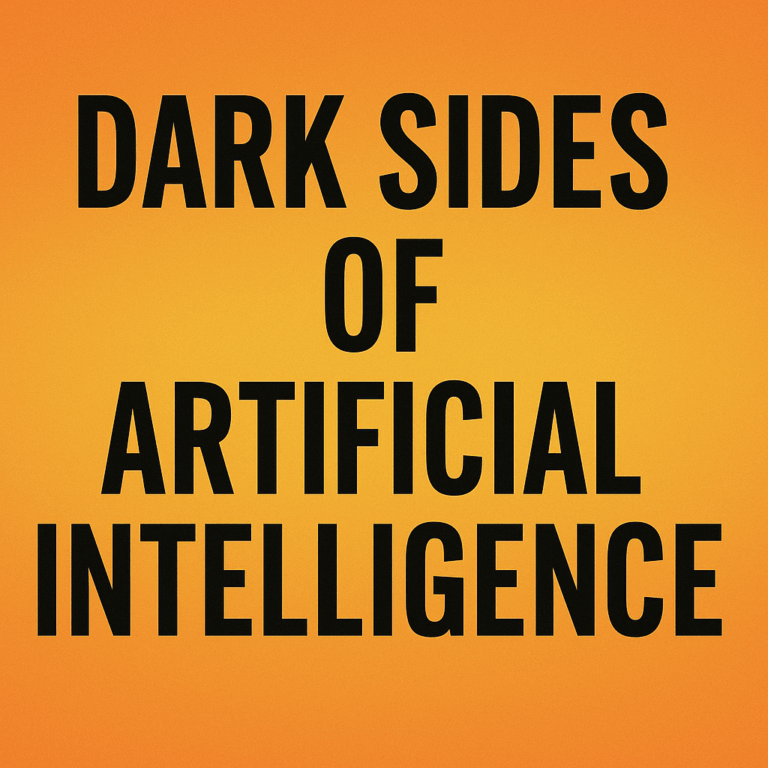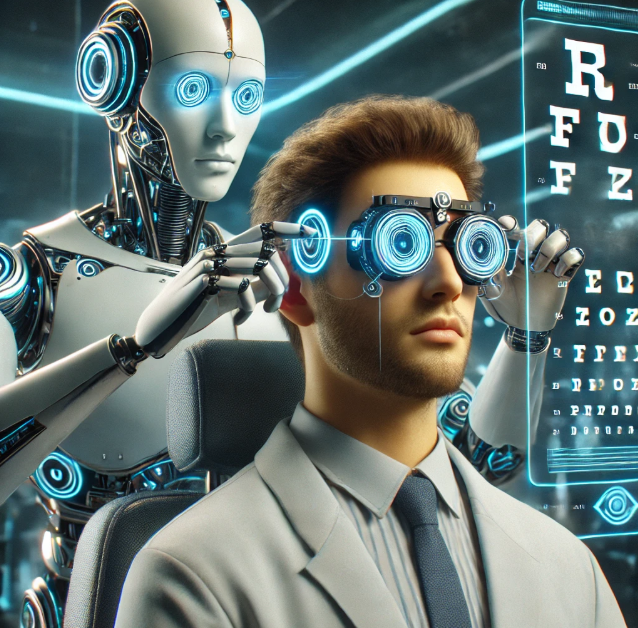How the Studio Ghibli AI Trend Is Draining Our Resources
Introduction
In the last few months, the internet has been swept by a wave of nostalgia and creativity. People everywhere have been transforming their photos and everyday scenes into whimsical, dreamy animations inspired by the iconic Studio Ghibli style. But beneath the charming aesthetics and viral social media posts lies a darker, largely overlooked consequence: the massive environmental footprint of artificial intelligence, particularly its insatiable thirst for water.
While the Studio Ghibli AI trend has captured hearts, it’s also placed a heavy burden on the very infrastructure that powers it — data centers. As AI demand skyrockets, so too does the water required to cool these processing giants. This article dives deep into how a seemingly harmless online trend is contributing to global water consumption, why it matters, and what we can do about it.
The Rise of the Studio Ghibli AI Trend
Social media platforms have been flooded with AI-generated art. From Reddit to TikTok, users are sharing animations of their pets, homes, and even daily commutes, transformed into scenes straight out of My Neighbor Totoro or Spirited Away. The trend’s meteoric rise was sparked by new tools from OpenAI and other companies that make it easy for users to create these scenes using simple text prompts.
What most users don’t see is the powerful backend technology that makes these transformations possible. Behind the magic are large language models (LLMs) and generative AI systems running on enormous server farms. These servers require tremendous energy and, critically, large volumes of water to stay cool.
Why Do AI Servers Use So Much Water?
To process complex AI requests like generating Ghibli-style animations, data centers must perform trillions of calculations. This generates heat — lots of it. To prevent overheating, these centers use elaborate cooling systems. In many cases, that means evaporative cooling, which uses water to absorb and carry away excess heat.
According to a study from the University of California, training one large AI model can directly evaporate hundreds of thousands of liters of clean water. Even simple AI prompts — like the ones generating a single Ghibli-style image — consume water each time they’re processed. In fact, every 10 to 50 AI prompts can consume the equivalent of a standard 16-ounce water bottle.
Microsoft and OpenAI’s Soaring Water Use
Microsoft, one of the main players in the AI boom due to its partnership with OpenAI, reported a 34% increase in water consumption in 2022. That’s billions of liters of additional water use, much of it going directly toward cooling systems for AI processing. And with the popularity of trends like Ghibli-style generations, demand is only rising.
In some areas, this is having real-world effects. Communities near data centers have raised concerns about declining groundwater levels and increased environmental strain. The tech giants claim they are investing in more sustainable practices, but the scale of water use continues to escalate.
The Environmental Irony of a Nature-Loving Trend
Herein lies a painful irony: Studio Ghibli films are known for their deep reverence for nature, harmony, and environmental stewardship. Films like Princess Mononoke and Nausicaä of the Valley of the Wind are essentially environmental allegories. Yet the trend inspired by these films is taxing ecosystems through intensive water use.
It’s not just the water; AI systems require vast amounts of electricity, often sourced from fossil fuels, contributing to carbon emissions. So, while users delight in lush AI-generated forests and rain-soaked alleyways, the back-end impact includes real-world environmental degradation.
How Big Is the Problem?
Let’s break down some numbers:
- Training GPT-3 consumed around 700,000 liters of clean water.
- One AI image generation can use anywhere from 2 to 5 watt-hours of energy and several milliliters of water.
- Multiply that by the millions of generations happening each day, and the total resource use becomes staggering.
A single viral TikTok video showcasing 10 Ghibli-style images might indirectly cost dozens of gallons of water and enough electricity to power a home for hours.
The Future of AI and Sustainability
The silver lining is that awareness is growing. As AI tools become more ubiquitous, the conversation around their environmental cost is starting to gain traction. Industry leaders are being pressured to reduce the carbon and water footprint of AI operations.
Several companies are exploring alternative cooling methods, such as:
- Liquid immersion cooling
- Renewable-powered data centers
- Locating servers in colder climates to reduce cooling needs
Google, Microsoft, and Amazon are also experimenting with AI optimization that requires less computing power, thus reducing both energy and water needs.
What Can Users Do?
As consumers, our role in this ecosystem is more significant than it might seem. Here are a few practical ways users can contribute to reducing AI’s environmental impact:
- Use AI tools mindfully. Avoid unnecessary prompts or repetitive generations.
- Support green tech. Choose platforms that commit to sustainability.
- Advocate for transparency. Push for clearer reporting on resource use from tech companies.
- Educate others. Share articles like this to raise awareness.
Conclusion: Magic Comes With a Cost
The Studio Ghibli AI trend is a perfect example of how our digital joys can come with hidden environmental costs. While it’s amazing to see technology bring art to life in new ways, it’s crucial to remember that every prompt, every render, and every viral post has a footprint.
As we continue to explore the capabilities of AI, let’s not lose sight of the natural world that inspired it. After all, preserving the planet’s real-life forests and rivers should matter just as much — if not more — than the ones we generate online.
Further reading:
-
CNA – “Jumping on the Studio Ghibli AI trend? It’s costing the planet more than you think”
https://www.channelnewsasia.com/sustainability/studio-ghibli-ai-trend-environmental-cost-2025 -
Actual News Magazine – “2025 – Exploring the Environmental Impact of Your Ghibli Images on ChatGPT: Energy and Water Usage Explained”
https://www.actualnewsmagazine.com/2025/environmental-impact-ghibli-images-chatgpt -
Noticias Ambientales – “Environmental Impact of ChatGPT: The Hidden Cost of Generating Ghibli Images”
https://www.noticiasambientales.com/impacto-ambiental-chatgpt-ghibli-images-2025 -
Green Jobs India – “The Cost of Generating an AI Ghibli Studio Image”
https://www.greenjobsindia.in/cost-ai-ghibli-studio-image-2025 -
Medium – “The Hidden Cost of Ghibli-Style AI Images: Water and Energy Consumption” by Afsalms
https://medium.com/@afsalms/hidden-cost-ghibli-style-ai-images-2025




